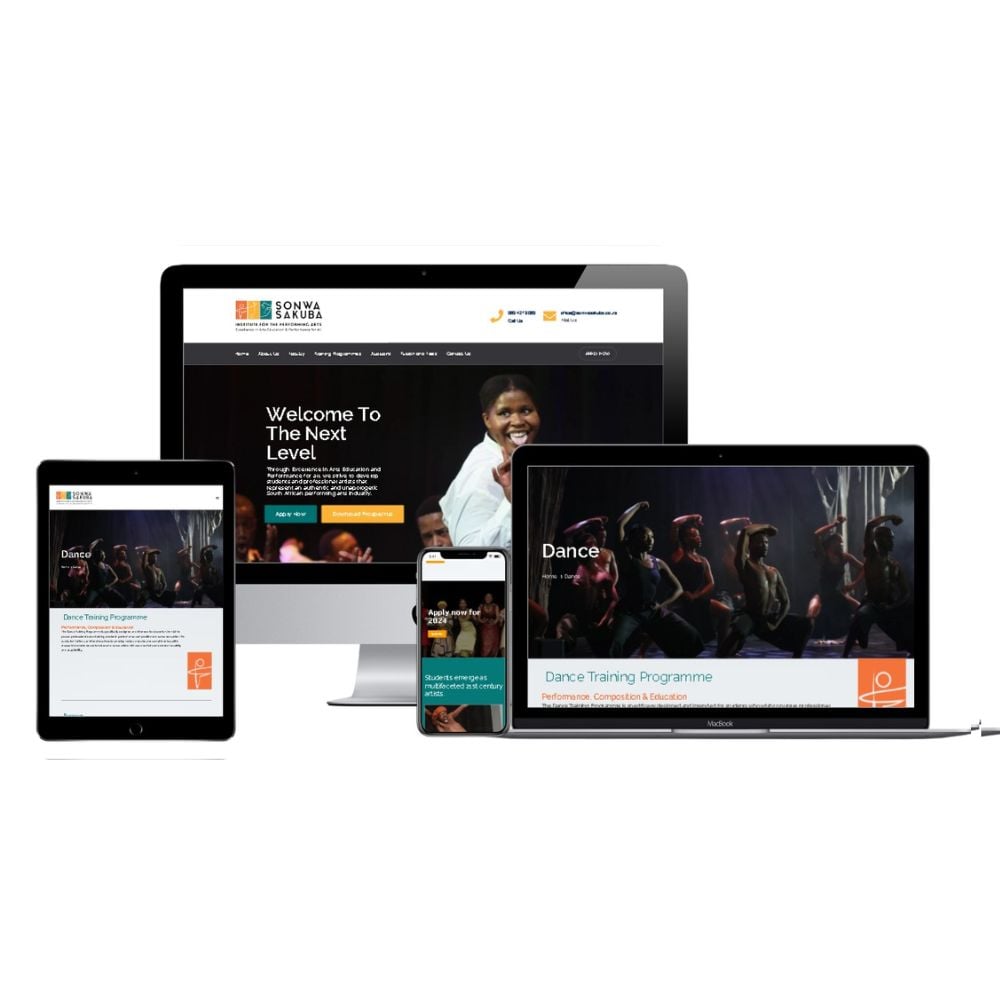Top Tips for Developing an Impactful Internet Site Layout That Transforms
In today's digital landscape, the importance of an impactful web site layout can not be overemphasized, especially when it concerns transforming site visitors right into consumers. To attain this, one must consider a variety of elements, including comprehending the target market, focusing on individual experience, and maximizing for mobile systems. In addition, the strategic use compelling call-to-actions and a distinct aesthetic power structure plays a crucial duty in guiding individuals with their journey. As we check out these vital aspects, it ends up being evident that the success of your website depends upon even more than simply appearance; it needs a thoughtful technique to design and functionality.

Understand Your Target Audience
Understanding your target market is fundamental to reliable web site design, as it prepares for producing an engaging customer experience. Determining who your customers are, including their demographics, preferences, and actions, allows designers to customize the website's web content, layout, and capability to satisfy details requirements.
Conducting detailed marketing research is crucial in this procedure. Surveys, meetings, and analytics can provide useful understandings into customer expectations and discomfort factors. By compiling this information, designers can produce customer personalities that stand for different sections of the audience, making sure that design choices are informed and appropriate.
Moreover, comprehending the target market helps in selecting suitable layout elements such as color design, typography, and imagery that resonate with customers. A website that speaks directly to its target market fosters a sense of link and trust, encouraging longer sees and greater conversion rates.
Eventually, a user-centered technique to internet site design not only improves customer satisfaction but likewise supports service purposes by driving involvement and loyalty. By prioritizing the needs and preferences of the target audience, a web site can successfully offer its objective and attain wanted end results.
Prioritize User Experience
To enhance the overall effectiveness of a site, prioritizing user experience (UX) is important (Website Design). A well-designed UX guarantees that visitors can navigate the site effortlessly, locate details promptly, and involve with material meaningfully. This causes boosted individual fulfillment and greater conversion rates
Begin by executing intuitive navigation. Menus needs to be practically structured, permitting individuals to find essential areas of the website with very little effort. Consistency in layout aspects, such as color design and fonts, cultivates experience, which is important for maintaining customer involvement.
Furthermore, consider the filling rate of your web site. A delay of just a couple of seconds can lead to substantial drop-offs, as individuals are less most likely to wait for a slow-loading web page. Improving images and maximizing code can improve efficiency and maintain visitors.
In addition, clarity in material discussion look at this website is important. Usage succinct, engaging language and separate message with visuals to improve readability. By prioritizing customer experience, you not only create a much more delightful environment for visitors yet also strengthen your brand's reputation. Ultimately, a concentrate on UX is a financial investment in the lasting success of your website.
Maximize for Mobile Instruments
Optimizing for mobile devices is important in today's electronic landscape, where a boosting variety of customers accessibility internet sites with smart devices and tablet computers. A mobile-friendly layout not just boosts customer experience yet additionally plays a substantial duty in boosting internet search engine positions. To accomplish this, it is crucial to take on a receptive style that immediately gets used to various screen dimensions and alignments.

Filling rate is another critical variable; mobile individuals are usually less person and anticipate fast accessibility to info. Optimize photos and take advantage of right here browser caching to boost performance. Examination your website on several devices and display resolutions to identify and remedy any prospective usability problems. navigate here By prioritizing mobile optimization, you make sure that your website stays competitive and successfully involves a wider target market.
Usage Compelling Call-to-Actions
A site's performance often hinges on its capacity to lead visitors toward preferred activities, making engaging call-to-actions (CTAs) essential elements of style. CTAs act as the crucial points that direct individuals to engage with the site, whether that indicates making an acquisition, enrolling in an e-newsletter, or downloading and install a resource.
To develop reliable CTAs, quality is vital. Usage concise language that clearly communicates the activity you desire the customer to take.
Additionally, take into consideration utilizing directional cues, such as arrowheads or images, to lead individuals toward these switches. By focusing on these components, companies can significantly boost individual involvement, driving conversions and eventually achieving their web site's goals.
Concentrate On Visual Hierarchy
Reliable site layout relies greatly on a well-structured visual pecking order that guides individuals via material seamlessly. By organizing components in a manner that focuses on details, designers can boost user experience and assist in decision-making. This involves using dimension, color, contrast, and spacing purposefully to draw interest to one of the most crucial elements of a webpage.
The use of bigger typefaces for headings and subheadings establishes a clear difference in between various sections, enabling customers to check content effortlessly. In addition, using contrasting colors for switches and calls-to-action can record user attention and motivate communication. Whitespace is an additional important element; it stops mess and makes it possible for users to concentrate on crucial messages without disturbances.
Images and graphics should complement the text while likewise sticking to the well-known power structure, reinforcing the overall message (Website Design). Consistency in design elements, such as color pattern and typography, additional enhances the visual pecking order, making navigation user-friendly

Conclusion
In conclusion, reliable web site design demands a detailed understanding of the target audience, prioritization of user experience, and mobile optimization. Inevitably, a well-executed site layout serves as a crucial part in driving individual activities and accomplishing organization goals.